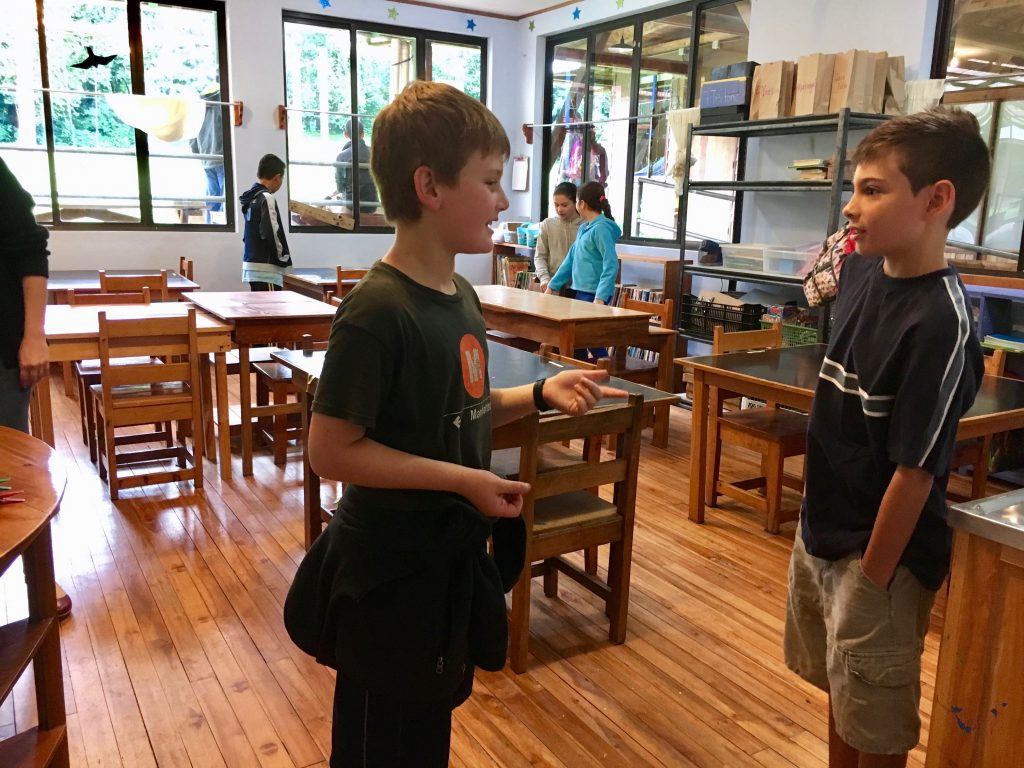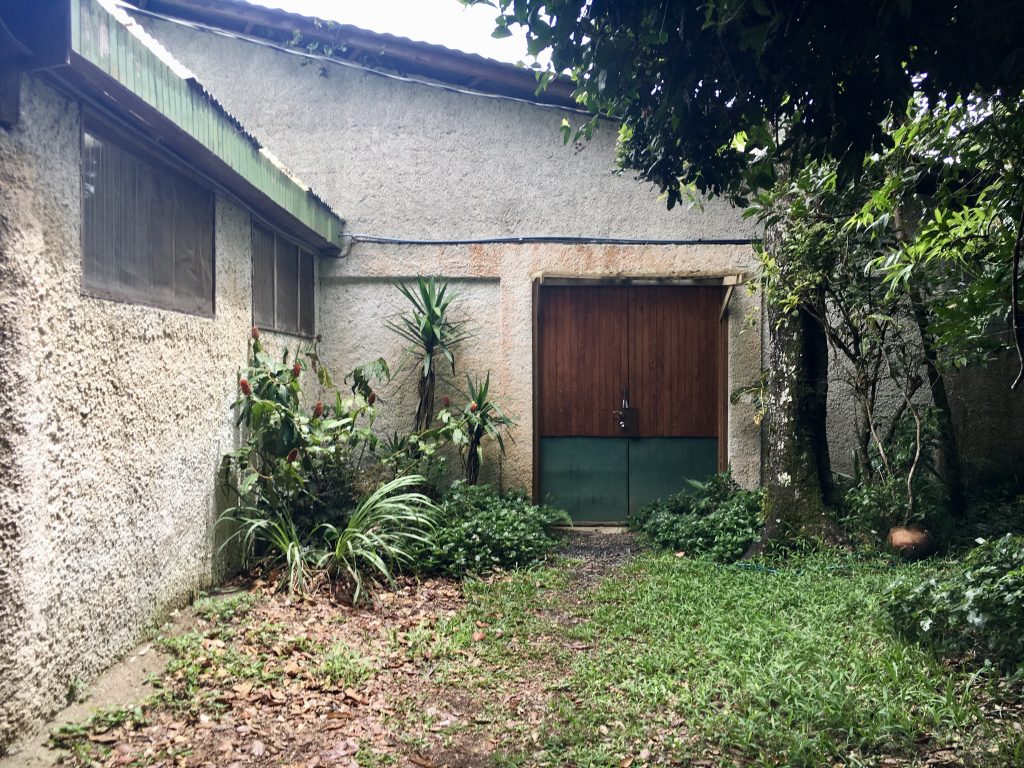It’s been a year and a while since I have posted. I wanted to share about a couple of reflections and realizations that are rocking my world…
1 – MUDDLING: I have come to recognize that I muddle a lot. At first, I thought this was a “bad” thing that I spent too much time in my head, that I was wishy-washy, that I was not linear, that I “should” have more clarity. Come to find out, muddling is important these days. Generally speaking, “business as usual” is not working for the planet, for BIPOC (black, indigenous, people of color), for low income communities, for women, for queer people, and even for the garden variety white person. As such, these days I can get into lots of muddles.
Muddling is thinking aloud, talking through different perspectives, reasoning things out with another; unpacking a concern, a hope, a dream, a tension, a moment of shame with a friend; mapping a social issue on the whiteboard with students; owning up to mistakes, feeling super awkward and uncomfortable, and hopefully sooner/later learning from them; metaphorically throwing spaghetti against the wall and seeing what sticks. Lately I am learning how to embrace the muddle, to be in the muck, to not be alone in the muck, to find people that want to muddle with me in the muck, and did I mention there is so much muck right now. For so long I was trying to fix the muck, fix myself, fix others, and fix, as if!
The more I can accept myself, others, and whatever reality holds including the muck, the more equipped I am to show up with grace, inner calm, peace, and even humor. I used to be super reactive, I would go from having an awareness to reacting. Maybe it is menopause, and learning how to take the pause and even muddle in it but it is really altering how I show up.
2 – EMBODIMENT: At the same time, too much muddling can be problematic. Until a few years ago, I did not realize how disassociated I was. I lived in my head like many academics. I started dancing, somatic work, and Ayurvedic Abhyanga to get reacquainted with my body.
This fall, I started meditating. Yom Kippur weekend was filled with eureka and tough patches of fear as I was getting closer to queering out. I went to two conscious dance events one on consent and contact improv with Rebecca Foster and David Linden, the other was a journey dance with Elizabeth Robinson with of course, an amazing soundtrack which I now call Awe 2023.
Last Yom Kippur 2022, I made the conscious decision for 2023 to fast, not teach, and go whole hog (oops – not a kosher way to talk about Yom Kippur). If I had known that it was going to be fricken brutal on the emotional and spiritual front, I might not have chosen this path!
Anywho, the afternoon of Yom Kippur a Souful Shabbat member led a meditation in the afternoon, and after the first round I shared that I was really struggling to get out of my head. He used the metaphor of a river and boats for meditation as a way to gently recognize boats (thoughts) and get back to the river (ie. breath) and body. He described thoughts as boats that come and go. It was really helpful for me to see, oh I’m on boat, another boat, yet countless more boats; this gentle way of recognizing thoughts/boats as a springboard to get back to my breath to get back to the river, to get back to the moment. By the end of the meditation, I experienced this quiet inner calm, it was pretty profound. By the end of the last Yom Kippur service around 7 pm; I was famished, delirious, and a little nervous that I was loosing it. I went to a friends to break the fast, and then home. I had trouble falling asleep that night, I was full of fear and terror.
The next morning I woke up at 6 am, it felt like another day, and it was actually quite reassuring to know that sometimes I am full of fear and even terror; and thank the goddesses it passes. Midday, I went to my therapist who does a lot of somatic work with me. I described the terror and she replied, it seems like you are having “fear of fear.” I responded, OMG, I have been struggling with fear of fear for a long time. She replied, “it’s just fear, like any other emotion.” She had me lie down and befriend my fear, first I stomped my feet and allowed my body to thrash; then I calmed down and said hello to fear on my fingers, arms, legs, feet, chest, neck and head. It was “just fear” another emotion. This session was a game changer for me in helping me put fear into perspective. To quote a friend, feelings are like children, you don’t want to let them drive but you also don’t want to hide them in the trunk. In other words, you don’t have to overreact or hide/pretend, what a relief!
Since then I have been meditating daily, doing Tara Brach’s mediation: vipassana – the practice of seeing clearly.
Meditation is really helping me cultivate more inner calm in my skin. I have also been doing meditation in my classes. My Yom Kippur gift to me (and students) was the mindfulness bell app that I use at the beginning of my classes to start and conclude short guided meditation sessions. Even if students think it is corny, it is helping me arrive and get centered to teach and learn.

















